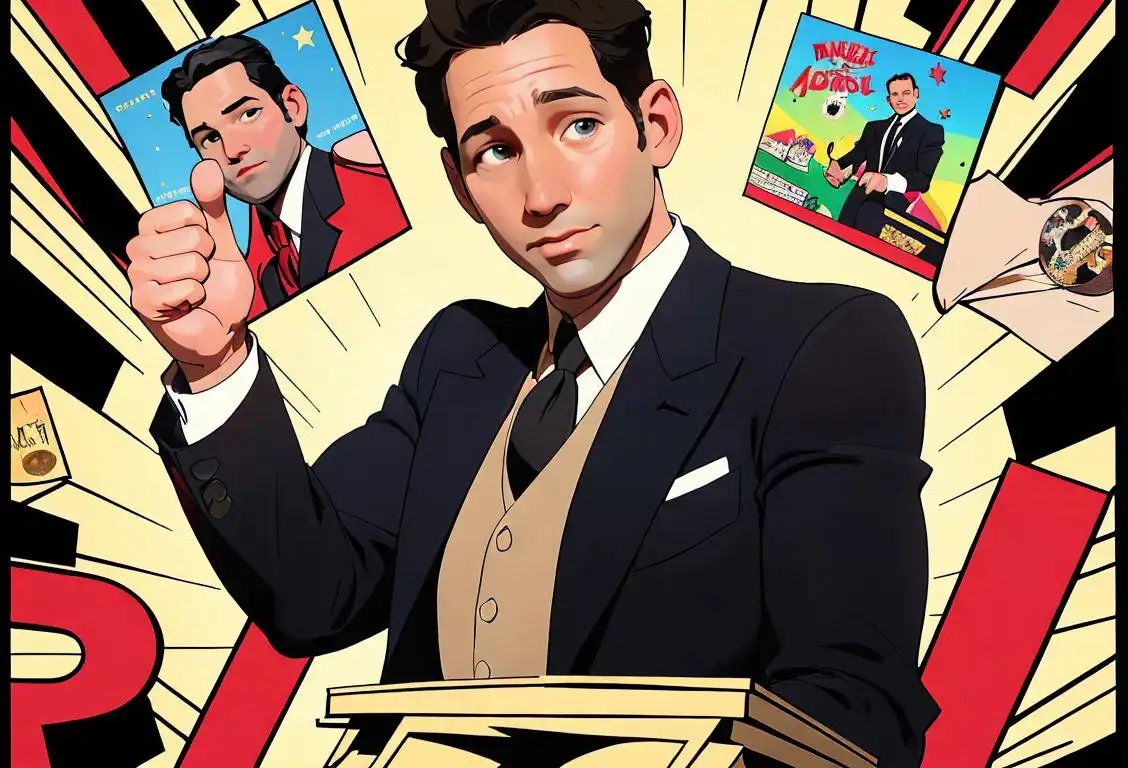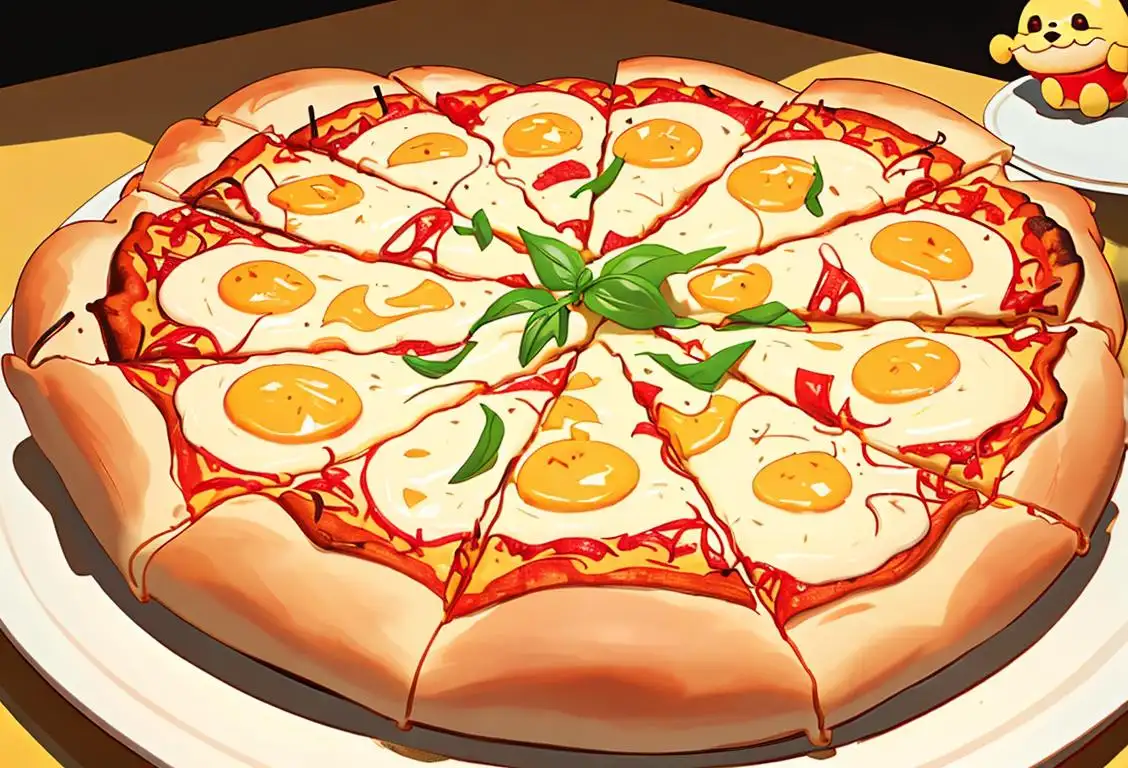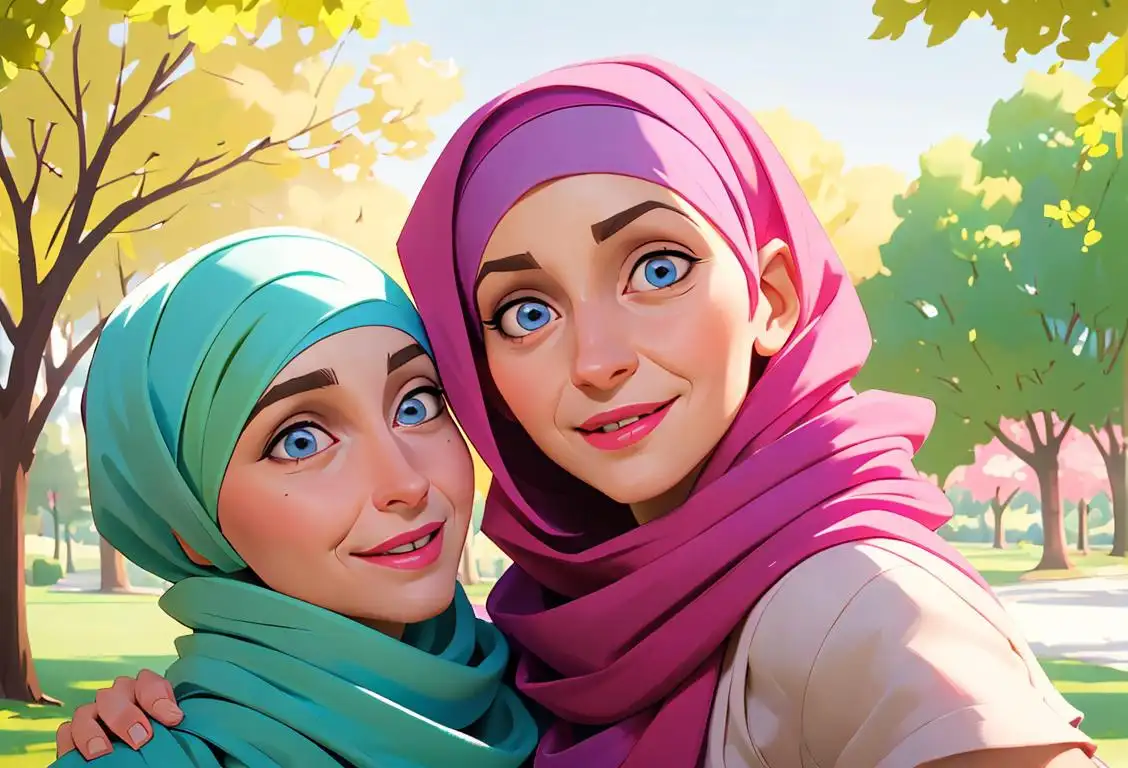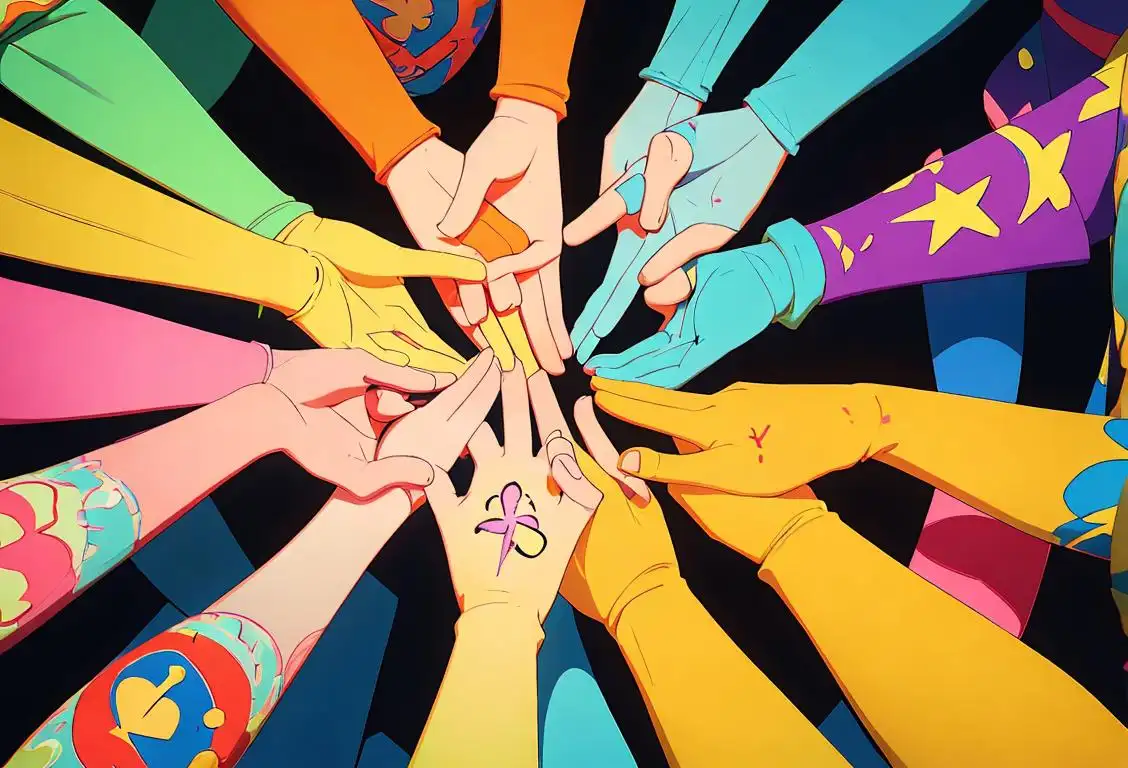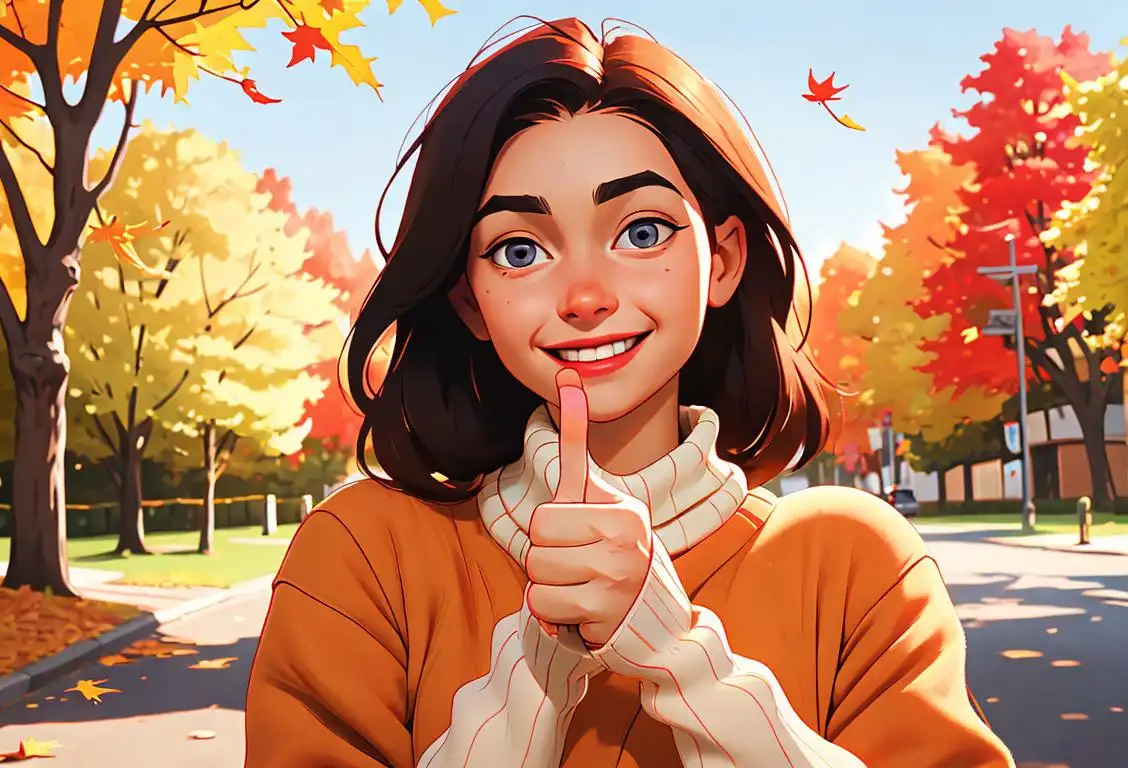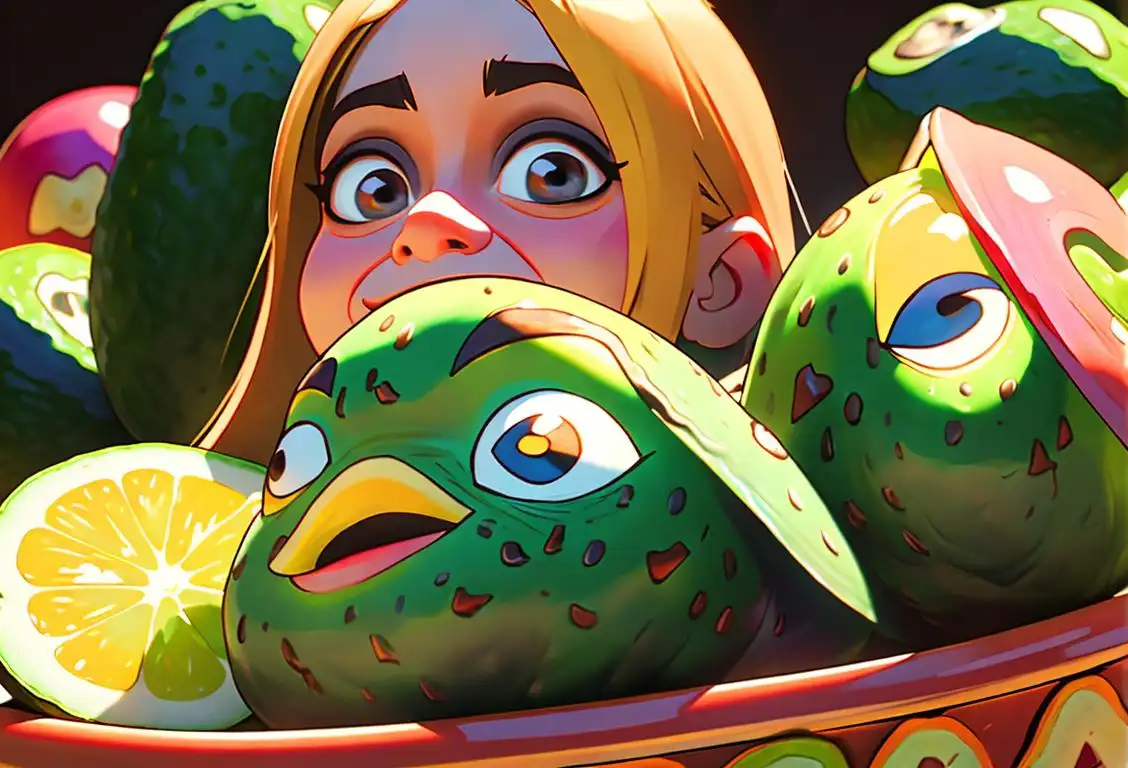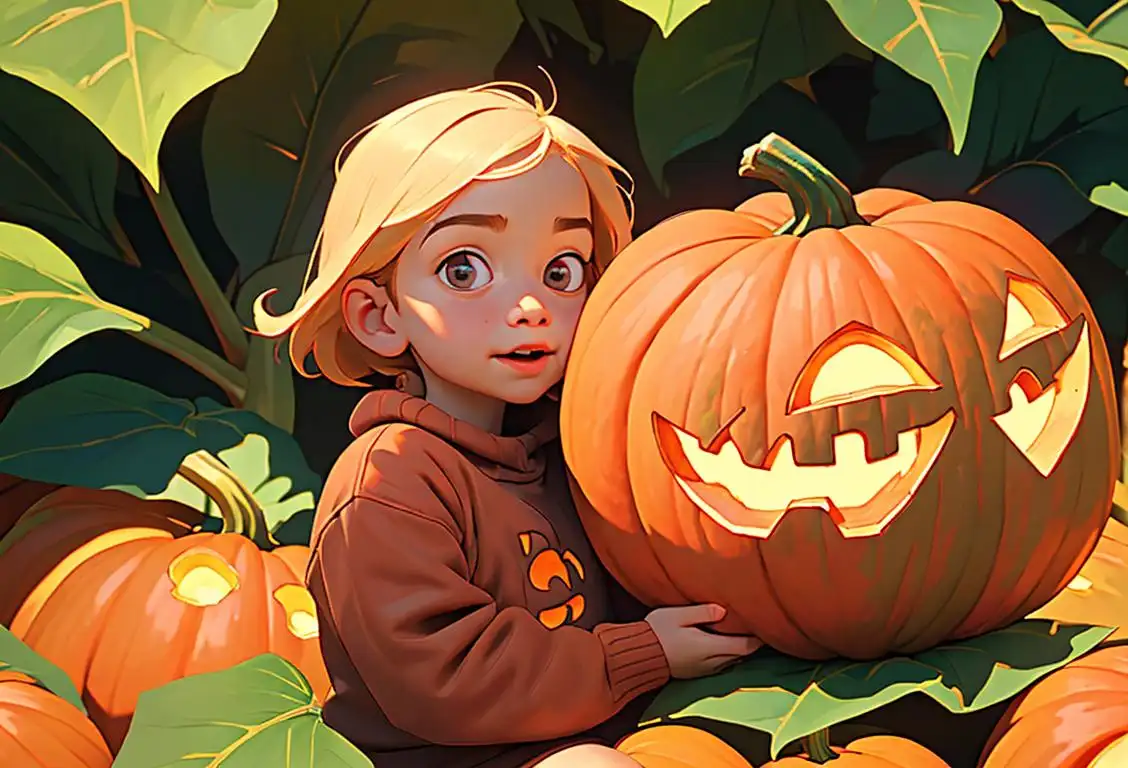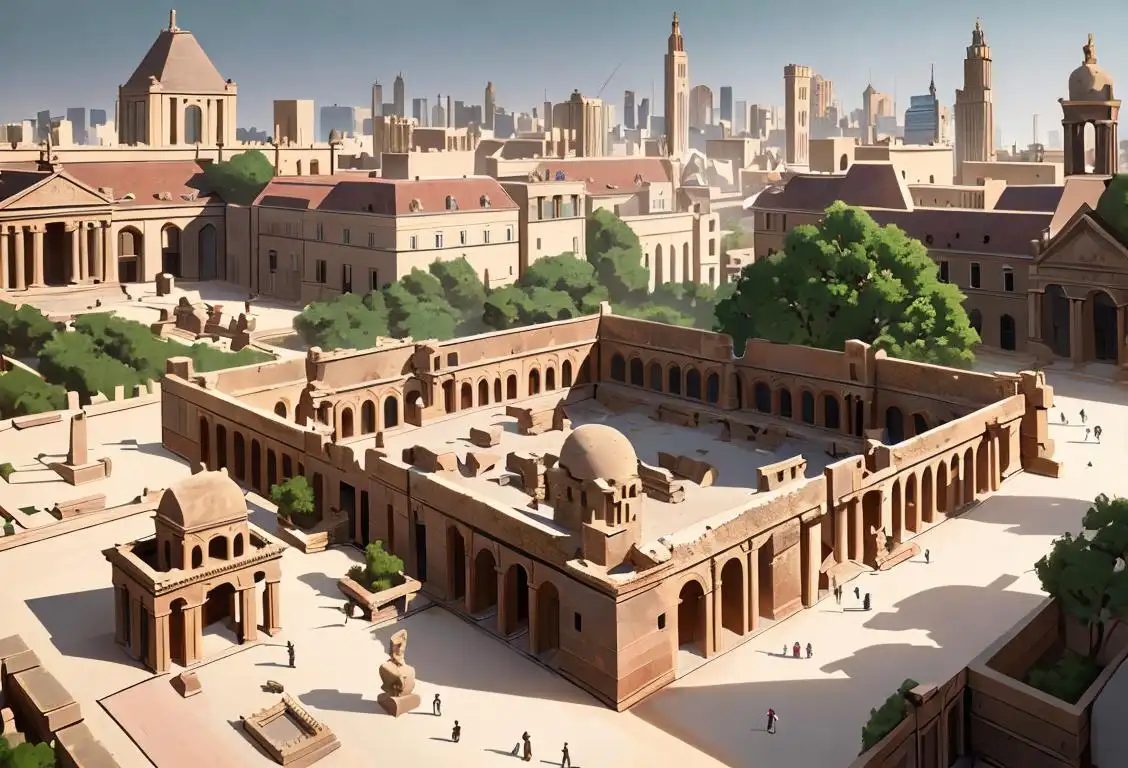National Look A Like Day
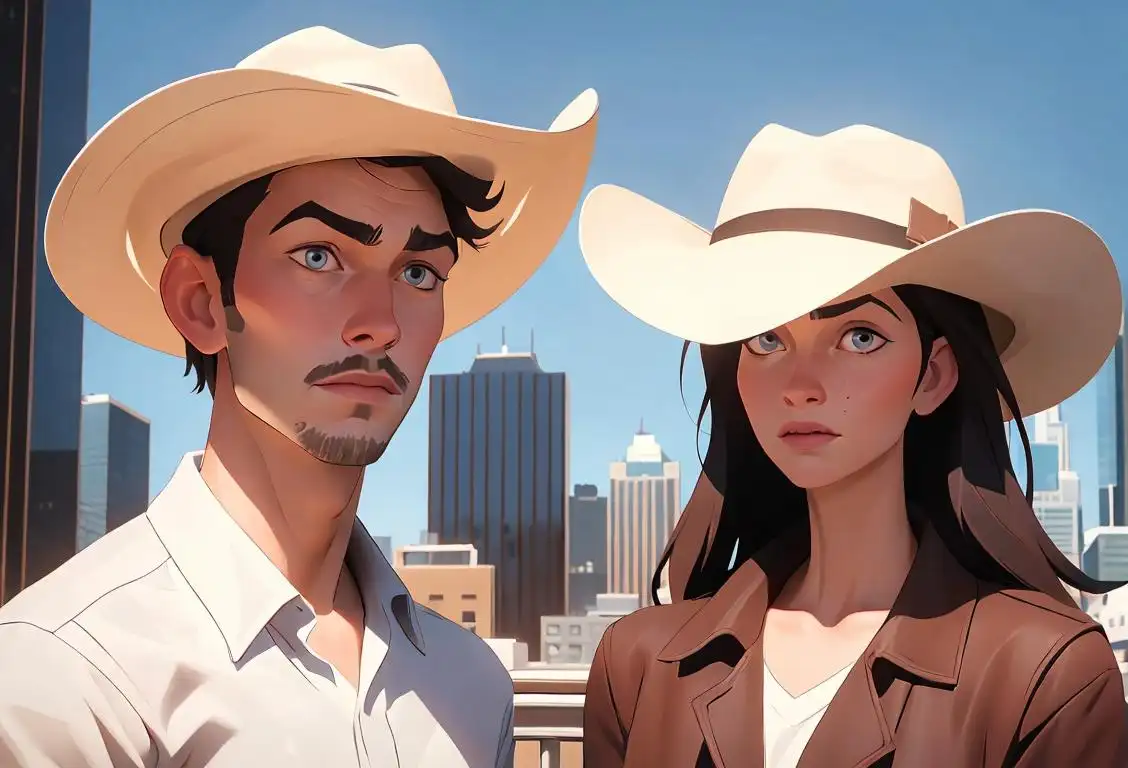
Hey there look-alike enthusiasts! Get ready to double take and do a twofold of fun because National Look-Alike Day is here! This whimsical day celebrates the uncanny resemblances between individuals, whether it's a celebrity doppelgänger or a long-lost twin. So, let's dive into the intriguing history and exciting festivities of National Look-Alike Day!
When is Look A Like Day?
It's national look a like day on the 20th April.
The Origins of National Look-Alike Day
While the exact origins of National Look-Alike Day remain a mystery, the concept of people resembling each other has fascinated us for centuries. From folklore tales about shape-shifting and doppelgängers to classic works of literature like Edgar Allan Poe's "William Wilson," the fascination with look-alikes has been deeply ingrained in human culture.
On the internet, National Look-Alike Day gained popularity as people started sharing their hilarious and often jaw-droppingly accurate celebrity and historical figure doppelgängers. Over the years, this light-hearted celebration has become an annual tradition where people use their creativity to showcase their uncanny resemblances.
How to Celebrate National Look-Alike Day
Looking to have some fun on National Look-Alike Day? Here are a few ideas to get you started:
- Gather your friends or loved ones and host a look-alike costume party. Everyone has to dress up as a famous person or their look-alike!
- Organize a contest where people submit photos of their best look-alike impressions. The winner can receive a cool prize!
- If you're feeling adventurous, try spotting your celebrity doppelgänger in public. Snap a photo with them if you're lucky enough to find them!
- Create a collage of your favorite celebrity look-alike photos and share it on social media. Be prepared to amaze your friends!
Did You Know?
In 2015, a man named Neil Douglas boarded a flight and sat next to his look-alike, Robert Stirling. The coincidental encounter went viral, and the internet couldn't get enough of their striking resemblance. Talk about sitting in the right seat at the right time!
History behind the term 'Look A Like'
1760
The Birth of the Term
The term 'look a like' can be traced back to the year 1760. It first appeared in English dictionaries during this time period. 'Look a like' refers to someone or something that closely resembles another person or object in appearance. The term gained popularity in the realm of visual arts, where artists would strive to create realistic depictions of their subjects.
1890
Hollywood's Impact
In the late 19th century, with the rise of motion pictures, the term 'look a like' began to gain cultural significance. As the film industry developed, actors who closely resembled popular stars became sought after. These actors, known as 'look-alikes,' would be cast in roles specifically to mimic a celebrity's appearance. This practice sparked public fascination and contributed to the association of the term with celebrity impersonators.
1930
The Rise of Celebrity Impersonators
During the 1930s, the entertainment industry witnessed the emergence of celebrity impersonators, who were often referred to as 'look-alikes.' These performers would imitate the appearances, mannerisms, and even voices of famous individuals. This era marked a pivotal moment for the term 'look a like,' as it became firmly linked with the concept of impersonation and mimicry.
1960
Expanding Definitions
By the 1960s, the term 'look a like' had transcended the realm of celebrity impersonators. It became a widely used phrase to describe ordinary people who bear a striking resemblance to well-known individuals. This evolution of the term was fueled by media coverage and tabloid fascination with celebrity look-alikes, who often gained fleeting fame for their uncanny similarities to famous figures.
1990
Internet Era and Memes
With the advent of the internet in the 1990s, the term 'look a like' took on a new dimension. The rise of viral content and memes led to the popularization of sharing images or videos of individuals who resemble celebrities or fictional characters. This online phenomenon further propelled the cultural significance of the term 'look a like' and expanded its reach beyond traditional media platforms.
Present
Continued Popularity and Cult Status
In the present day, the term 'look a like' remains widely used and has become ingrained in popular culture. From fan conventions that celebrate cosplay (costume play) to reality TV shows centered around celebrity impersonators, the fascination with look-alikes continues to captivate audiences. The term has even spawned its own industry, with agencies representing professional celebrity look-alikes and offering their services for various events and opportunities.
Did you know?
In 2015, a man named Neil Douglas boarded a flight and sat next to his look-alike, Robert Stirling. The coincidental encounter went viral, and the internet couldn't get enough of their striking resemblance. Talk about sitting in the right seat at the right time!Tagged
fun loved ones celebrity look-alike contestFirst identified
20th April 2015Most mentioned on
20th April 2016Total mentions
110Other days
Look A Like Day
Paul Rudd Day
Cheese Pizza Day
Cancer Survivors Day
Suicide Prevention Day
Compliment Day
Guac Day
Memorial Day
Pumpkin Day
Foundation Day
